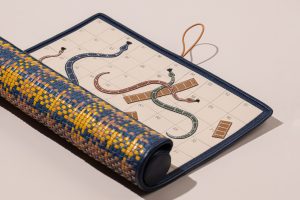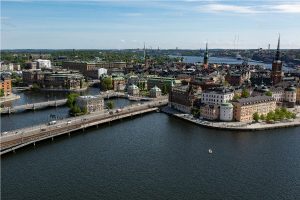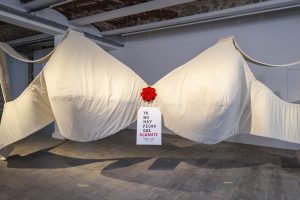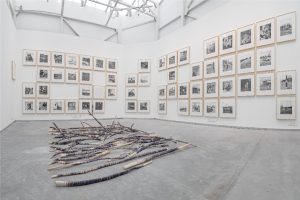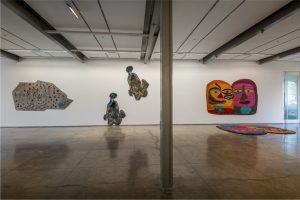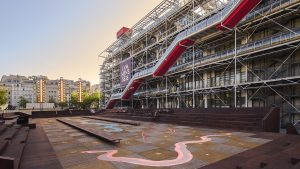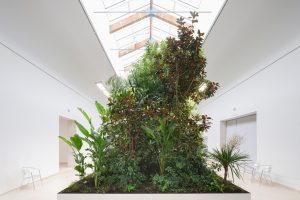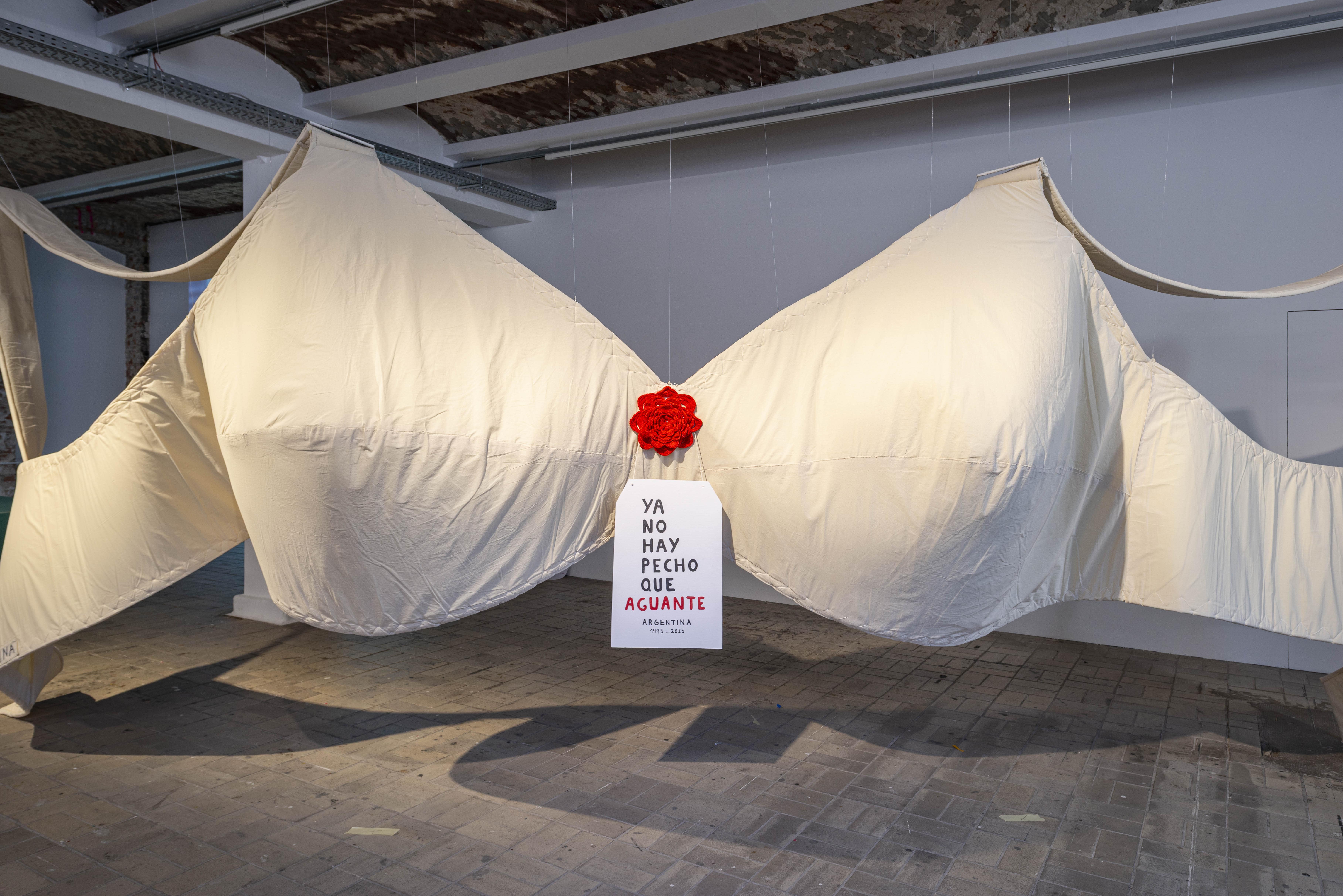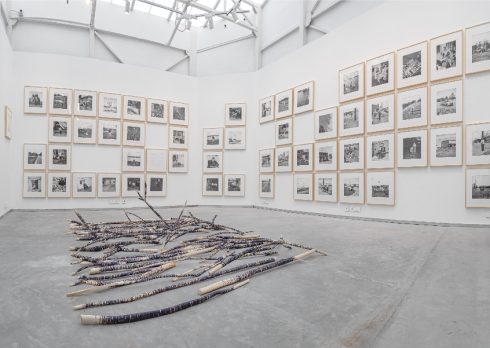5 Indian Artists At The Berlin Biennale 2025 Who Are Redefining Contemporary Art
What does it mean to be a fugitive in 2025? 5 Indian artists offer quietly devastating answers at the 13th Berlin Biennale for Contemporary Arts.
- 6 Aug '25
- 1:05 pm by Urvi Kothari
Berlin, in the simmer of summer, is a city that knows fugitivity well. Its architecture carries the scars of empire and division, while its streets pulse with the energy of protest, reinvention, and cultural defiance. In the shadow of its past and the heat of its present, the 13th Berlin Biennale for Contemporary Art, titled ‘passing the fugitive on’, unspools across 60 artists and four deeply symbolic venues – from a former courthouse to the stately Hamburger Bahnhof.
Indian-born curator Zasha Colah brings a deeply political and poetic vision to this year’s Biennale. Known for co-founding the Clark House Initiative in Mumbai, Colah’s curatorial work spans India, Myanmar, Latin America, and Europe, focusing on art that emerges from conditions of repression, displacement, and resistance. In this curation, Colah transforms the Biennale into a living archive of whispered histories and embodied protest—an exhibition that resists easy consumption and dares to move.
But what does it mean to be a fugitive in 2025? And how do artists from as far away as India respond to that condition – not just metaphorically, but materially, politically, spiritually? Here is a spotlight on 5 Indian artists who offer quietly devastating answers.

1. “We Who Could Not Drink’ by Vikrant Bhise:
Mumbai-based Vikrant Bhise makes a powerful European debut with a striking assertion of Dalit identity and resistance. For the biennale, he presents a larger-than-life mural canvas that merges Ambedkarite philosophy with a globally resonant visual language. Displayed in the stark neoclassical space of Hamburger Bahnhof, Bhise’s works command presence without spectacle. They connect caste-based injustice in India with broader global struggles, including Palestine, Kashmir, and Black liberation. This artwork titled ‘We Who Could Not Drink’ recalls a march to a water tank by a group of people, from pre-independent India, who were denied the basic right to water under the context of untouchability. Bhise’s family members were part of the Dalit Panthers, a movement against caste discrimination. As a child, he witnessed police shooting at protestors from his community just outside the entrance of their slum. His artistic language – woven from lived experience, labour narratives, and constitutional memory – offers a grounded yet expansive critique of injustice.
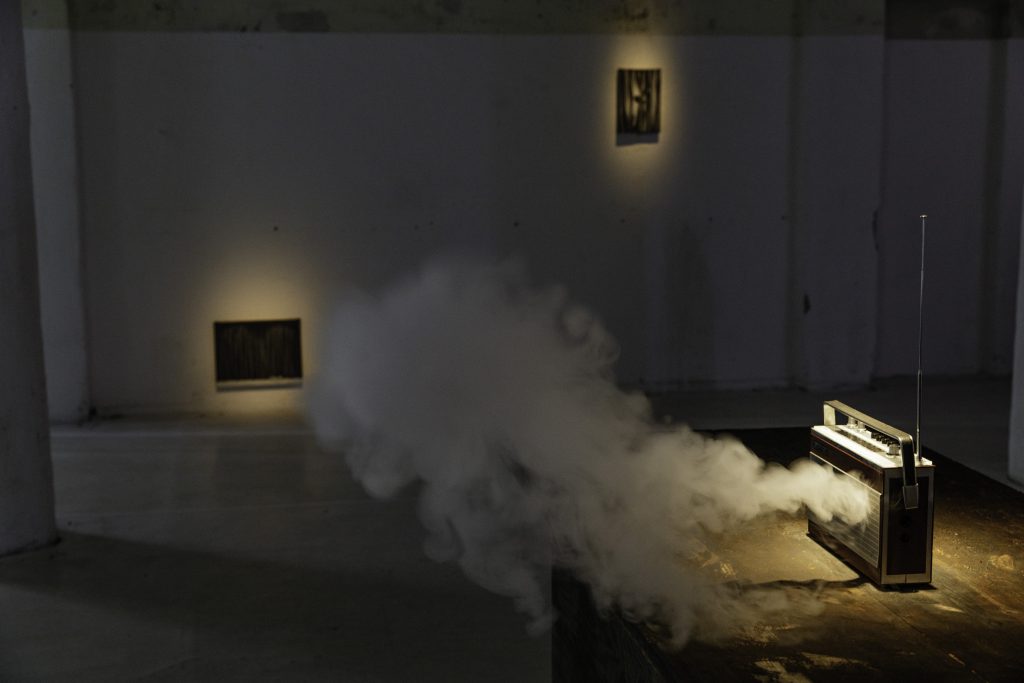
2. ‘Burning Speeches’ by Amol K. Pati:
Mumbai – Amsterdam-based multidisciplinary artist, Amol K. Patil, weaves sound, sculpture, and performative traces into a haunting spatial choreography. Titled ‘Burning Speeches’, Patil’s presentation at Sophiensæle, a former theatre turned art venue with a radical history, quietly but powerfully confronts the erasures of speech, memory, and marginalised lives. Drawing from the political texture of Mumbai’s BDD chawls – dense tenement housing for industrial workers in the early 20th century – Patil parallels these spaces with Berlin’s own charged past of political unrest and repressed expression. “The history of migration, labour, and performance sparked a deeper interest in how such spaces become alive through collective action. In my practice, I’m using the image of the hidden figure (visible in my paintings and other works) to represent those unheard voices. The hidden figure becomes a symbol of silent presence, producing voice, text, and community relationships beneath the surface”, shares the artist.
The installation is deceptively simple: a radio crackles and emits fragments of fiery speeches by B.R Ambedkar and Rosa Luxemburg, an old typewriter hammers out a relentless clatter beneath the glow of a video projection titled ‘Is it a Failure to Fail Life?’. “The cassette recording on the radio acts as a kind of memory of the very act of my father recording it. It helps ground my speech in something tangible, turning the radio into an object of protest. It ties into the older idea of silent protest, using the radio as a quiet but powerful medium for expression”, shares Patil. The elements don’t spell things out for the viewer—they murmur, stutter, and dissipate. It’s this minimalism that gives the work its depth. Silence is not absent here, but the result of suppression, exhaustion, or exile.
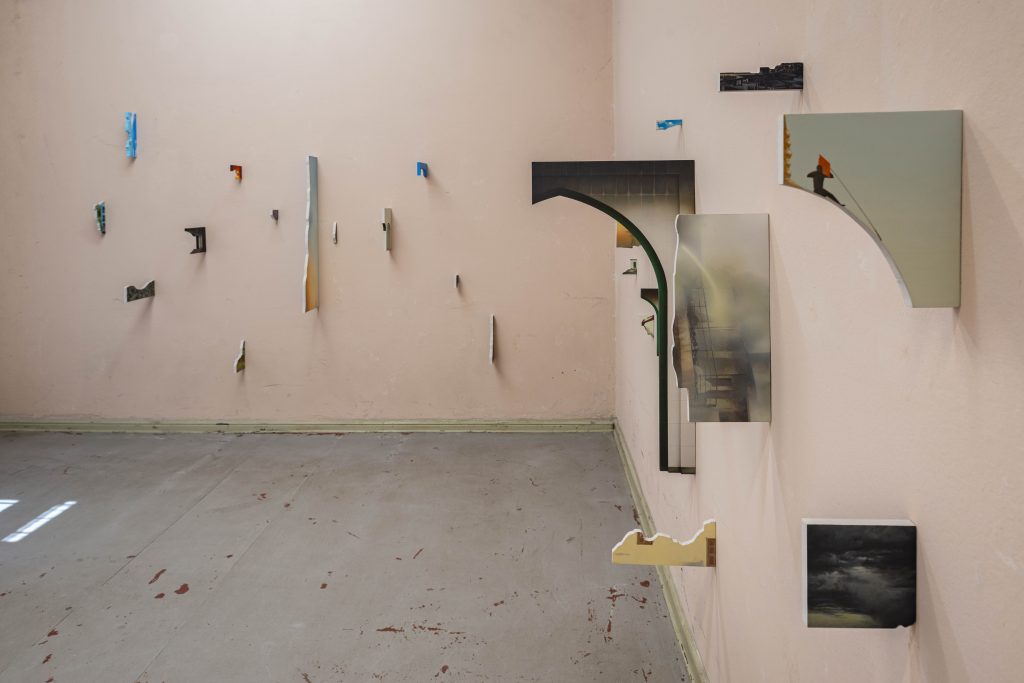
3. ‘Altar of Absences’ by Salik Ansari:
Working in the charged space of Berlin’s former courthouse on Lehrter Straße, Mumbai-based Salik Ansari’s contribution arrives less as a traditional exhibition and more as a structural interruption. In his latest installation titled ‘Altar of Absences’, the very act of being absent gains presence. The installation stands up against the irregularity of the so-called justice under the recently passed Bulldozer Justice law in India. “The cutout forms became a way to mark the shape of what is no longer there. The work is built from fragments of places that once held memory, life, and struggle. In assembling these fragments into altar-like structures, the installation creates a space of mourning, but also of witnessing – a place where absence is made present again, deliberately and politically”, shares Ansari. The fragility and minimalism of this installation mirror the precariousness of fugitive lives, unrecorded histories, and marginalised architectures.
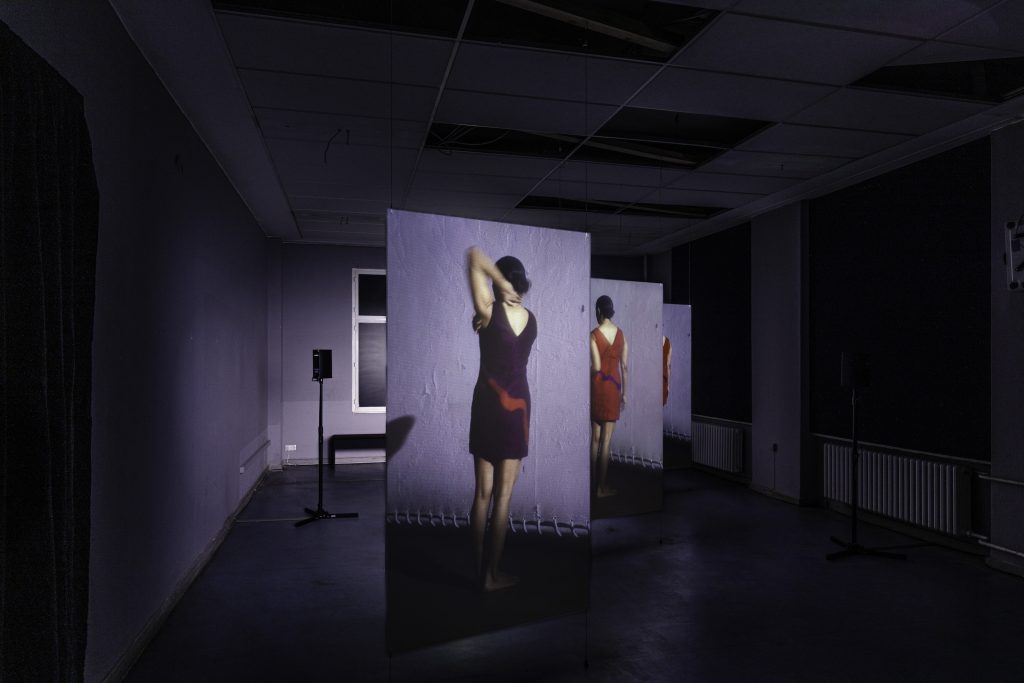
4. ‘of a denser time’ by Padmini Chettur:
Bharatnatyam-trained dancer Padmini Chettur offers a quiet revolt against spectacle. Chettur’s trajectory from classical training to radical abstraction reflects a career dedicated to rethinking dance as a language of tension and form. Her latest three-channel video installation of ‘a denser time’, time does not flow; it condenses. “The installation has two trajectories – one spatial, one temporal, together hopefully creating the effect of a disturbance in time, as well as a movement in space”, shares Chettur. In a sense, the work plays with perception, orientation and is a proposition around presence. A single body rotates through layered space, its slow, deliberate movement both sculptural and seismic. The camera, orbiting like a second dancer, disorients the viewer – an invitation not to watch, but to inhabit. Rooted in the lineage of classical Indian dance yet stripped of its ornamentation, Chettur’s language becomes one of friction and resistance. It is choreography as philosophy, presence as protest. Set within the hushed, institutional architecture of a former prison, the installation is not a performance to witness – it’s a temporal architecture to get lost in. The installation is on display at the Former Courthouse Lehrter Straße.
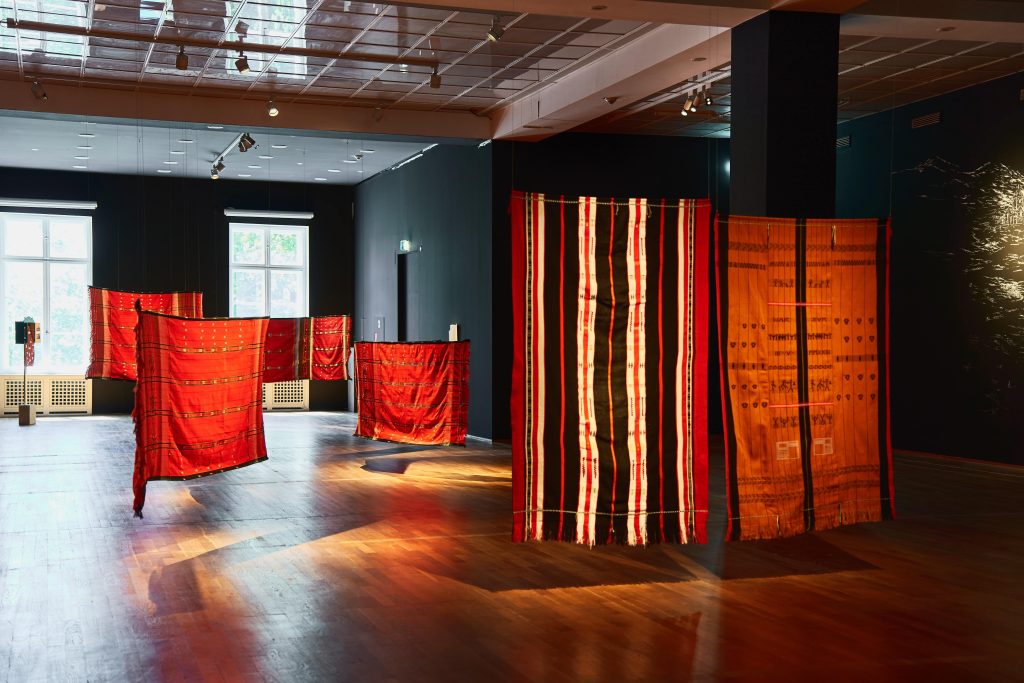
5. ‘Kashans’ by Zamthingla Ruivah Shimray:
Manipur based textile artist, Zamthingla Ruivah Shimray’s practice merges textile abstraction with oral history and political witness. Displayed within the stately galleries of Hamburger Bahnhof, her textile glows against institutional neutrality. Her central piece, the Luingamla Kashan, is a vivid red woolen sarong woven in memory of her friend Luingamla Muinao, a young Tangkhul Naga woman murdered by Indian army officers in 1986. What might initially appear as decorative geometry reveals itself as encoded memory: termite paths, frog limbs, and comb-like motifs recount a story of violence, mourning, and eventual justice. Alongside this installation are two newly woven kachons – large ceremonial shawls. One depicts scenes of 2023–2024 Manipur violence; the other is an intentionally opaque veiled message using form and color as coded testimony awaiting proper interpretation. Her installation does not seek to explain – it invites one to listen, to trace grief through thread, and to recognize the political power of indigenous form. Within the Biennale’s theme of fugitivity, Shimray’s weavings stand as both refuge and reckoning.
The 13th Berlin Biennale is a bold, conceptually rigorous exhibition that rethinks the role of art in resisting unjust systems. It prioritizes oral traditions, embodied experiences, coded humor, and trans‑geographic solidarity. Whether experienced as a curated walk through protest‑charged spaces or as an invitation to become a fugitive messenger, the Biennale challenges audiences to embody art’s capacity to forge new languages, sustain resilience, and circulate dissent across borders.
The 13th Berlin Biennale for Contemporary Arts will run until September 14, 2025.








